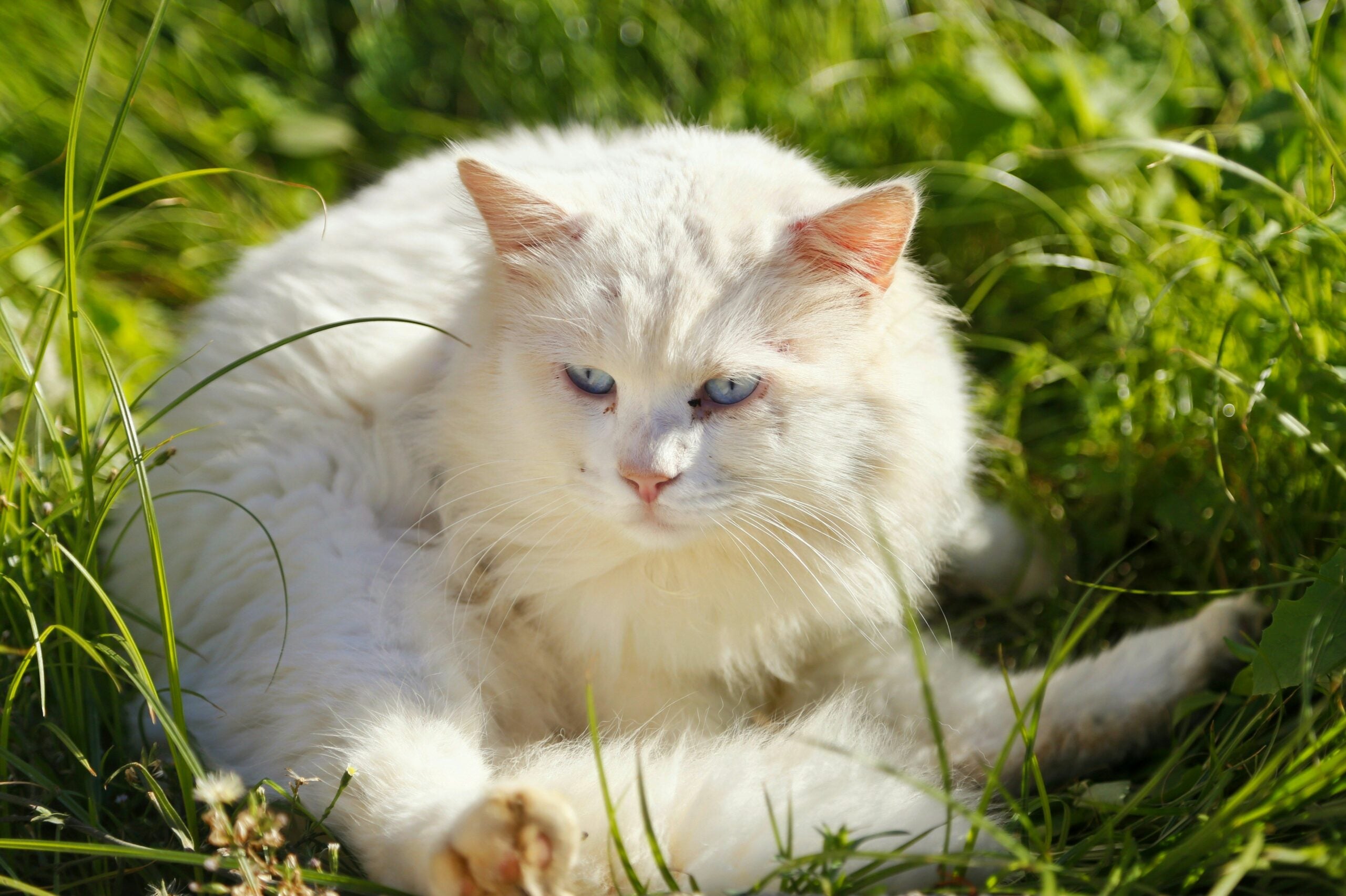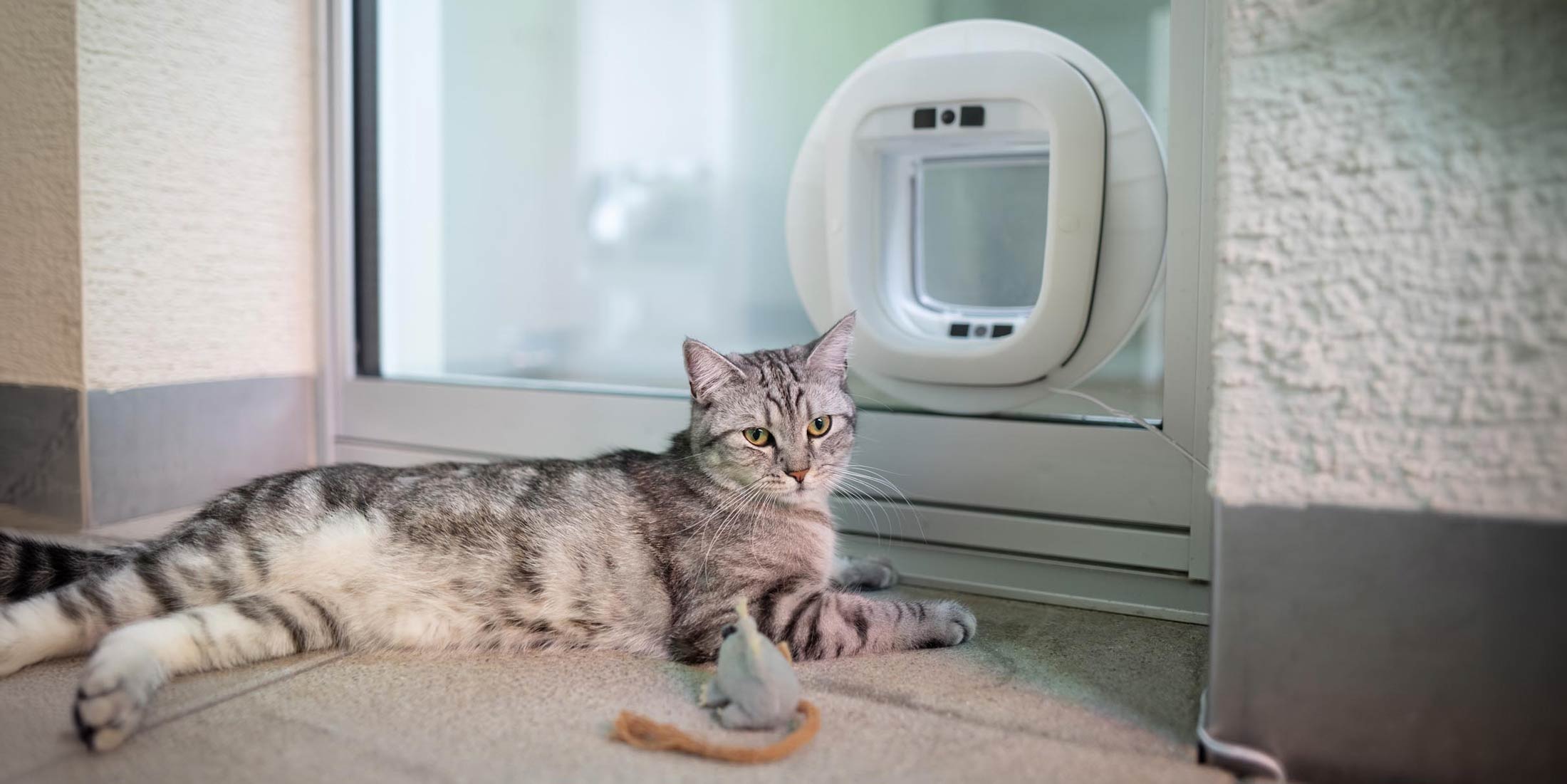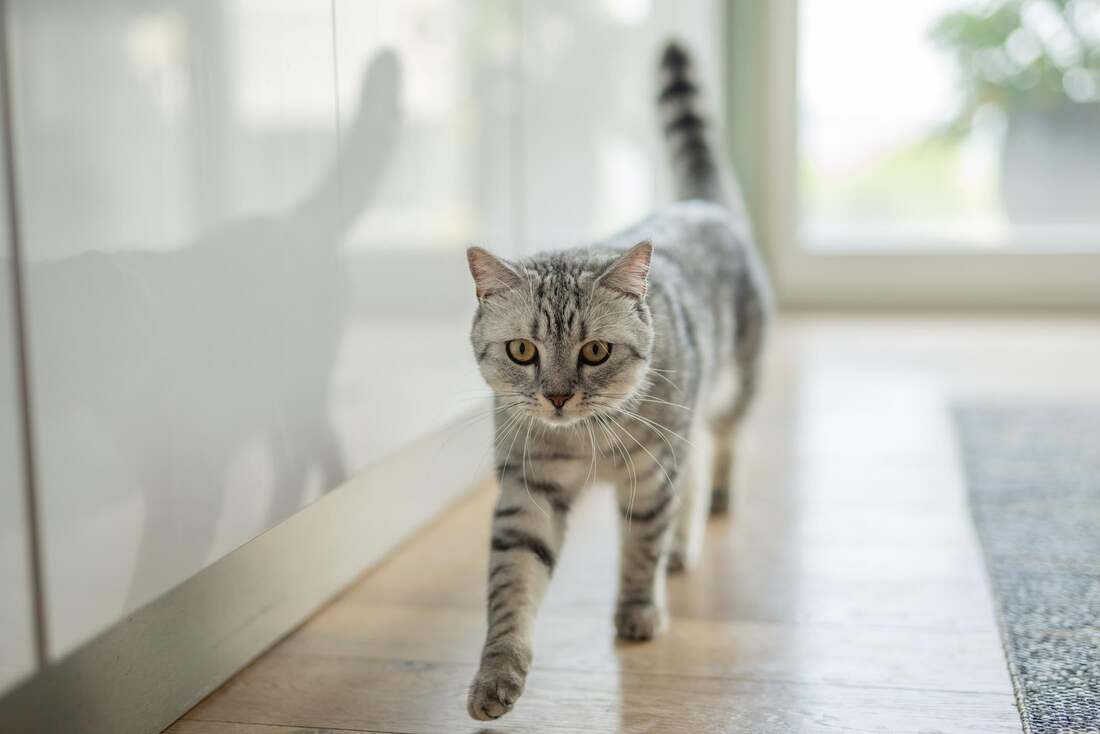Have you ever wondered what makes white cats so special?
Between their graceful appearance and the myths that surround them, there is a lot to explore, especially when it comes to their breeds.
White cats come in many different breeds, from the elegant Persian to the robust Maine Coon, and each of them has its own unique features and characteristics.
In this article, we delve into the world of white cats, exploring their different breeds, the history behind their color, their health, and much more.
White Cat Breeds: An Overview

White cat breeds are fascinating because of their pure and elegant appearance. Many popular cat breeds can have snow-white fur, including the majestic Maine Coon, the fluffy Persian cat and the elegant Turkish Angora. This diversity shows that the white coat color can be found across many breeds, from short-haired to long-haired cats.
The popularity of white cats is not only due to their impressive appearance, but also the special presence they bring to any home. Although the white coat color is found in numerous cat breeds, each breed has its own unique characteristics and personality traits that make them more than just their coat color.
The History of White Cat Breeds
The history of white cat breeds is as diverse as the breeds themselves. The range extends from the Turkish Angora, which originates from the highlands of Turkey, to the development of the Persian cat from long-haired white cats that came to Europe with caravans. This historical development underlines the long-standing fascination people have had with white cats and their targeted breeding over the centuries.
Albinism vs. white fur
White cats are not automatically albinos. While albinism is characterized by the complete absence of color pigments, white fur is caused by the W allele, which masks other color pigments. This means that white cats can have dark eyes or spots, while albino cats typically have red or very light eyes.
How does white fur develop in cats?

White fur in cats is caused by the dominant W gene, which "paints over" other colors. Interestingly, a white cat can genetically have another color that is hidden by this gene. During the first few weeks of life, a small colored patch, called the "gene patch," can reveal the true genetic color before it disappears and the fur appears completely white.
White Cats and Deafness: What You Should Know
White cats fascinate with their radiant fur and often impressive eyes. But behind the aesthetic appeal lies an important health aspect that must be considered: the connection between white fur color and possible deafness. Scientific studies have shown that white cats have an increased risk of deafness due to genetic peculiarities. This is especially the case for cats that carry the dominant W gene, which is responsible for the white fur color.
The genetic predisposition to deafness in white cats cannot be detected externally, which underlines the importance of regular health checks. Audiometric tests are a reliable way to check a cat's hearing. For cat owners, this means they should be aware of the potential challenges and take appropriate precautions to ensure the well-being of their white furry friend.
Sunburn in white cats: precautionary measures

White cats are particularly susceptible to sunburn due to their light fur, especially on the ears, nose and other areas with little hair. To protect them, cat owners should take the following precautions: provide plenty of shade, use sunscreen specifically for cats and avoid being outdoors during the most intense hours of sun . These measures help reduce the risk of sunburn and related skin problems.
Health vulnerabilities in white cats
In addition to the risk of deafness and sunburn, there are other health vulnerabilities that owners of white cats should be aware of. These include skin cancer and vision problems , which can be caused by the lack of pigmentation. Regular checks of the skin and eyes by a veterinarian are therefore essential in order to detect signs of disease early and treat them accordingly.
Care Tips for White Cats

Caring for a white cat requires special attention to ensure its well-being. The most important care tips include: regular grooming to avoid matting and keep the coat shiny, and a balanced diet rich in omega-3 and omega-6 fatty acids to keep the skin and coat healthy . In addition, the cat should be accustomed to grooming from an early age to avoid stress and strengthen the bond between cat and owner.
The fascinating eye colors of white cats

White cats are fascinating not only because of their radiant fur, but also because of their unique eye colors. These range from deep blue to emerald green to fascinating multi-colored eyes, which often triggers particular enthusiasm among cat lovers. The eye color of a white cat is related to its genetic background and can be an indication of special genetic characteristics such as the W gene, which is responsible for the white fur color.
White cats as lucky charms
In many cultures, white cats are considered lucky charms and are associated with positive energies. They are believed to not only attract luck and prosperity, but also serve as protectors against evil spirits. These beliefs are reflected in various traditions around the world, from Celtic to Japanese, and underline the spiritual significance attributed to white cats.
The unique personality of white cats
White cats are often described as being particularly calm and balanced, but they also have a strong personality. They know exactly what they want and can be very affectionate when it comes to their caregiver. This mixture of elegance, calmness and loyalty is what makes the personality of white cats so unique and fascinating.
White Cats and the Myth of Cleanliness

The myth that white cats are always clean is persistent, but in reality they are just as clean as their counterparts of other colors. Grooming their fur takes a lot of time, and the light-colored fur does not make it easier to keep it clean. This myth underlines the need for regular grooming to maintain the brilliant white of their fur.
Famous White Cats and Their Stories
White cats have captured the hearts of many not only for their beauty but also for their unique stories. From real-life cats who rose to fame on social media to those who have walked the corridors of power, each white cat has a fascinating story to tell. Their popularity is reflected in the multitude of stories that surround them, showing just how ingrained they are in culture.
These stories range from inspiring battles for survival to ones that make us laugh, and highlight how white cats are remembered not just for their looks, but also for their personalities and actions. In this section, we take a look at some of the most famous white cats and the stories that make them unforgettable.
Fictional White Cats in Pop Culture
In pop culture, fictional white cats have often played a special role, from the mysterious aura in fantasy novels to brave heroes in films. Characters like Puss in Boots from "Shrek" or the white cat from "Harry Potter" show how diverse and deep these characters can be. They are not only known for their color, but also for their unique personalities and adventures, which make them iconic figures in pop culture.
White Cats in the White House
The White House has also been home to white cats, who have left their own little mark on history. One of these stories tells of "Willow", the Biden family cat, who captured hearts not only with her color but also with her charming personality. These cats are becoming living legends by showing that there is room for animal companions even in the center of power.
White cats: popular for adoption

White cats are also particularly popular when it comes to adoption from animal shelters. Their striking appearance and the mystical image that comes with it make them sought-after companions. Many people are attracted to their beauty and want to offer a white cat a loving home. This popularity often helps white cats find a new home more quickly and thus get a second chance at a happy life.
White cat hair: tips for the household
White cat hair can be a real challenge in the home. It is particularly noticeable on dark furniture and textiles and can spoil the appearance of the home. But don't worry, with a few simple tricks you can win the battle against white hair. Regular brushing of your cat is the key. Not only does it help to reduce the amount of hair flying around, it also promotes the bond between you and your four-legged friend.
In addition to grooming, there are other useful tips to effectively remove white cat hair:
- Clothes rollers or lint brushes are perfect for quickly removing hair from clothing and furniture.
- Damp gloves can work wonders for collecting hair from upholstered furniture.
- Vacuum cleaners with special pet hair attachments make cleaning carpets and floors easier. These measures will keep your home clean and inviting, even if your white cat likes to leave its traces everywhere.
Bonus Facts About White Cats
White cats are popular not only for their elegant appearance, but also for their special skills and characteristics . For example, many white cats are very talkative and love to communicate with their humans. Raising their voice is a way for them to seek affection and attention. They are also known for their high intelligence and their ability to quickly learn tricks or solve problems.
Another fascinating aspect is that white cats are seen as a symbol of good luck and purity in various cultures. In some parts of the world, owning a white cat is believed to bring good luck to the home or protect against bad luck. These cultural beliefs underline the mystical and spiritual significance attributed to white cats.
Frequently Asked Questions
What breed are white cats?
White cats come in many different breeds, including the majestic Maine Coon, the fluffy Persian and the elegant Turkish Angora. This diversity shows that the white coat color can be found across many breeds, from short-haired to long-haired cats.





Share:
Your Guide to the Persian Cat: Care, Character & Tips
German Longhair Cats: A Comprehensive Guide